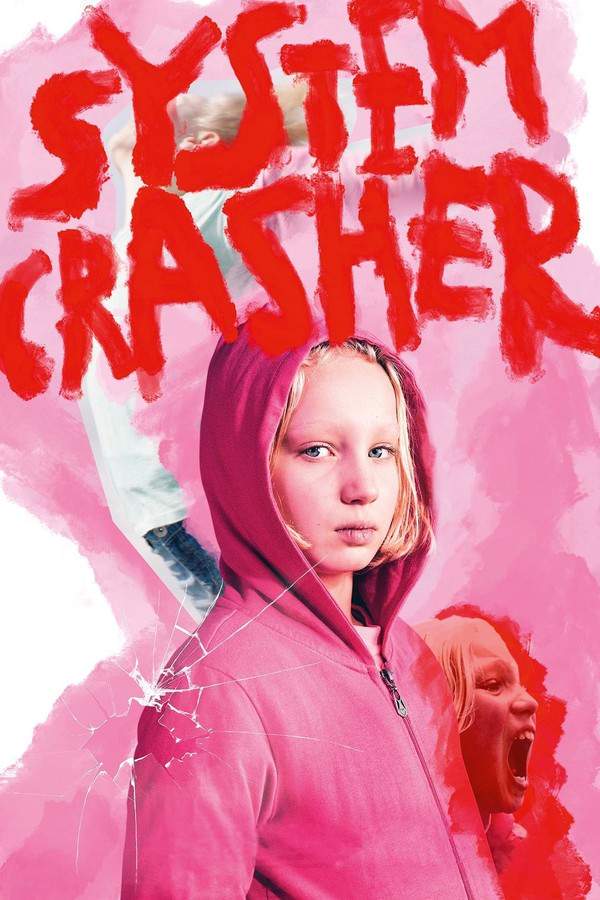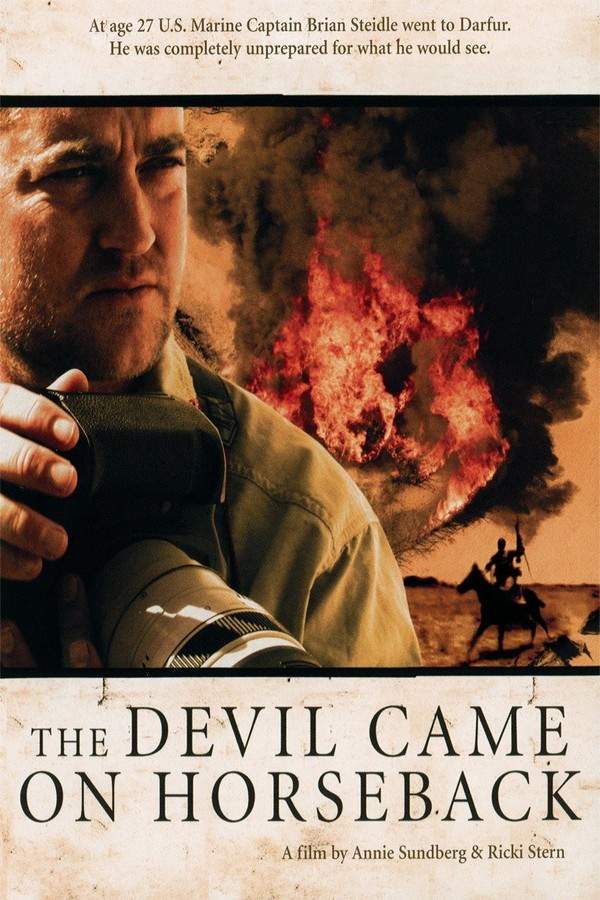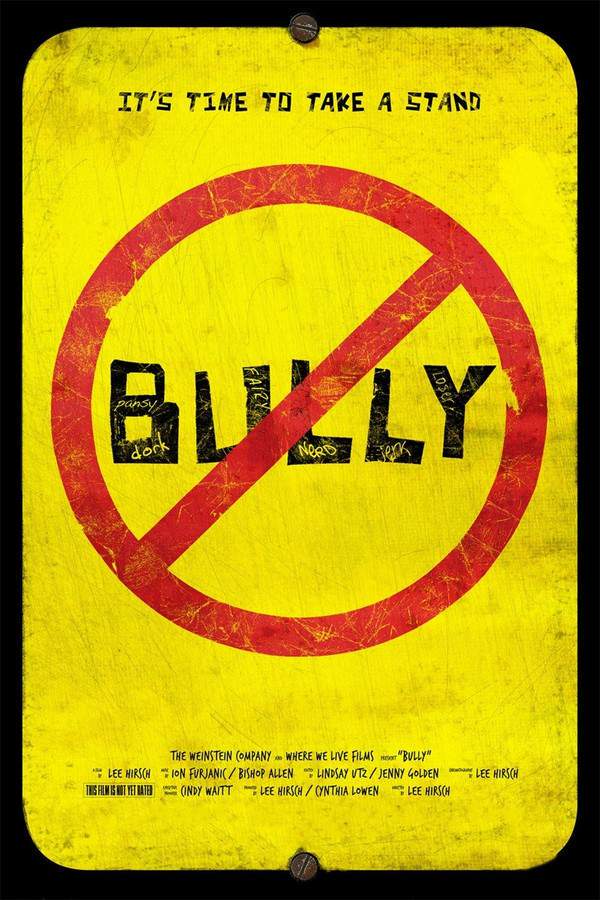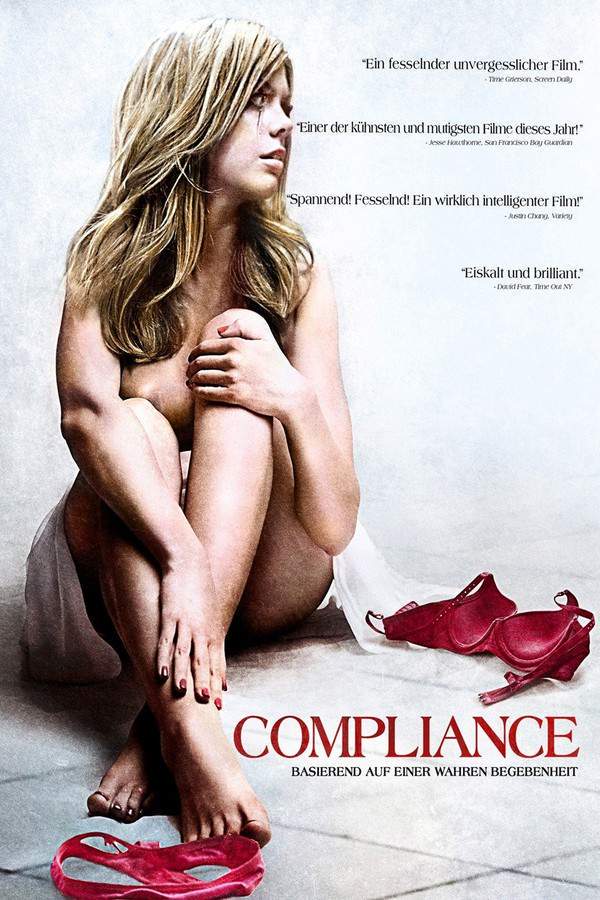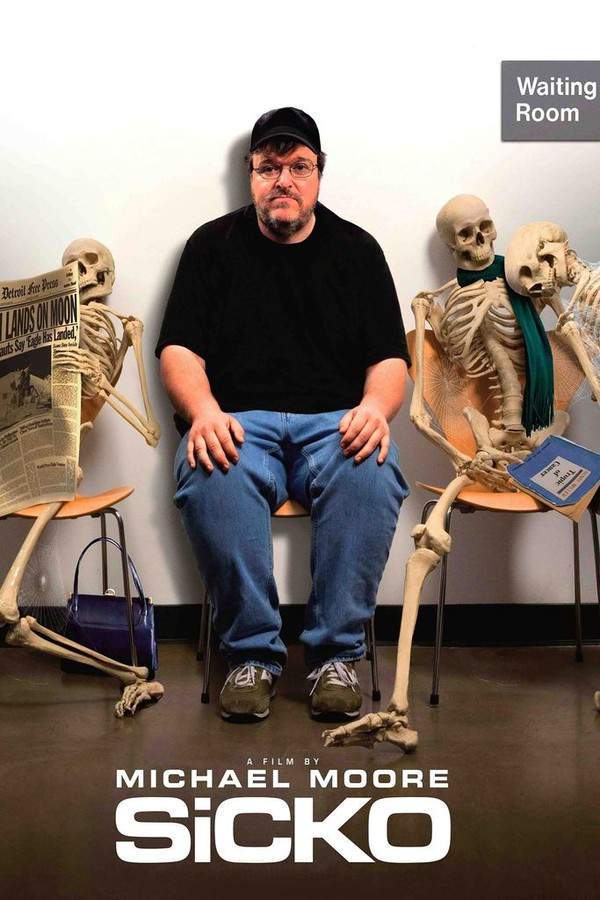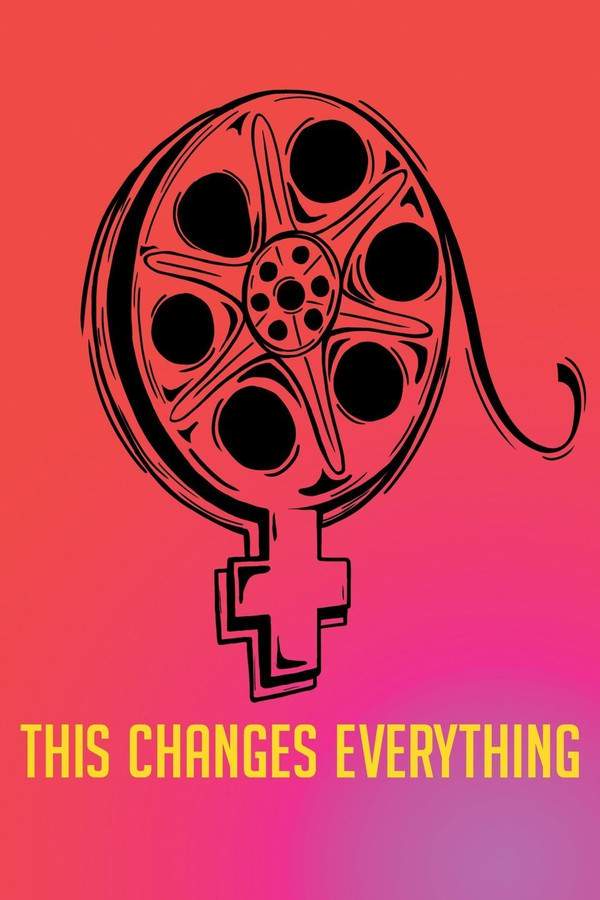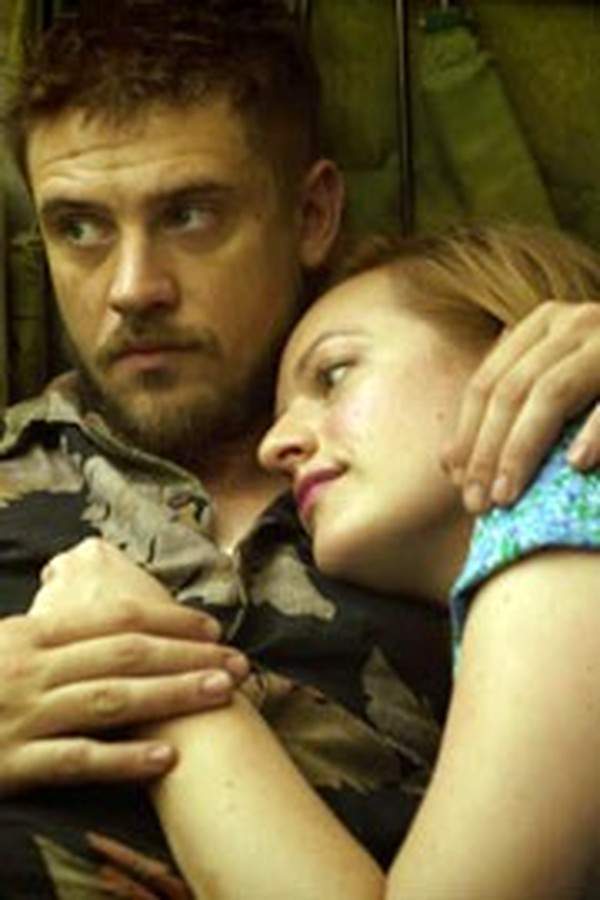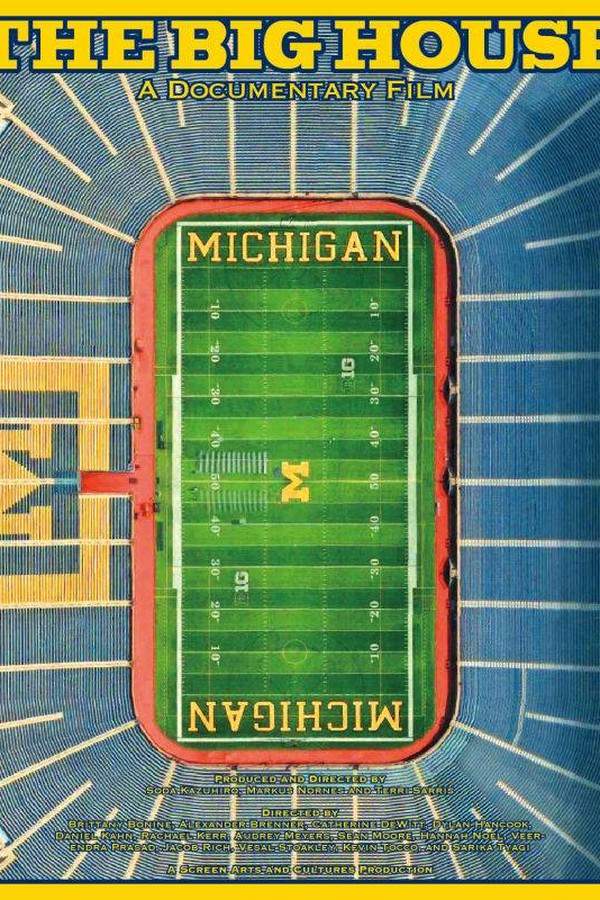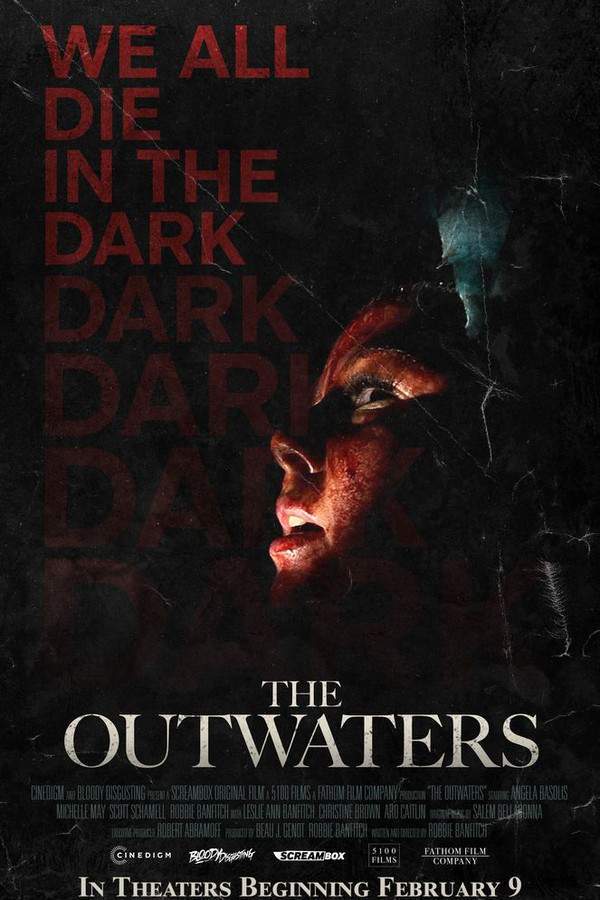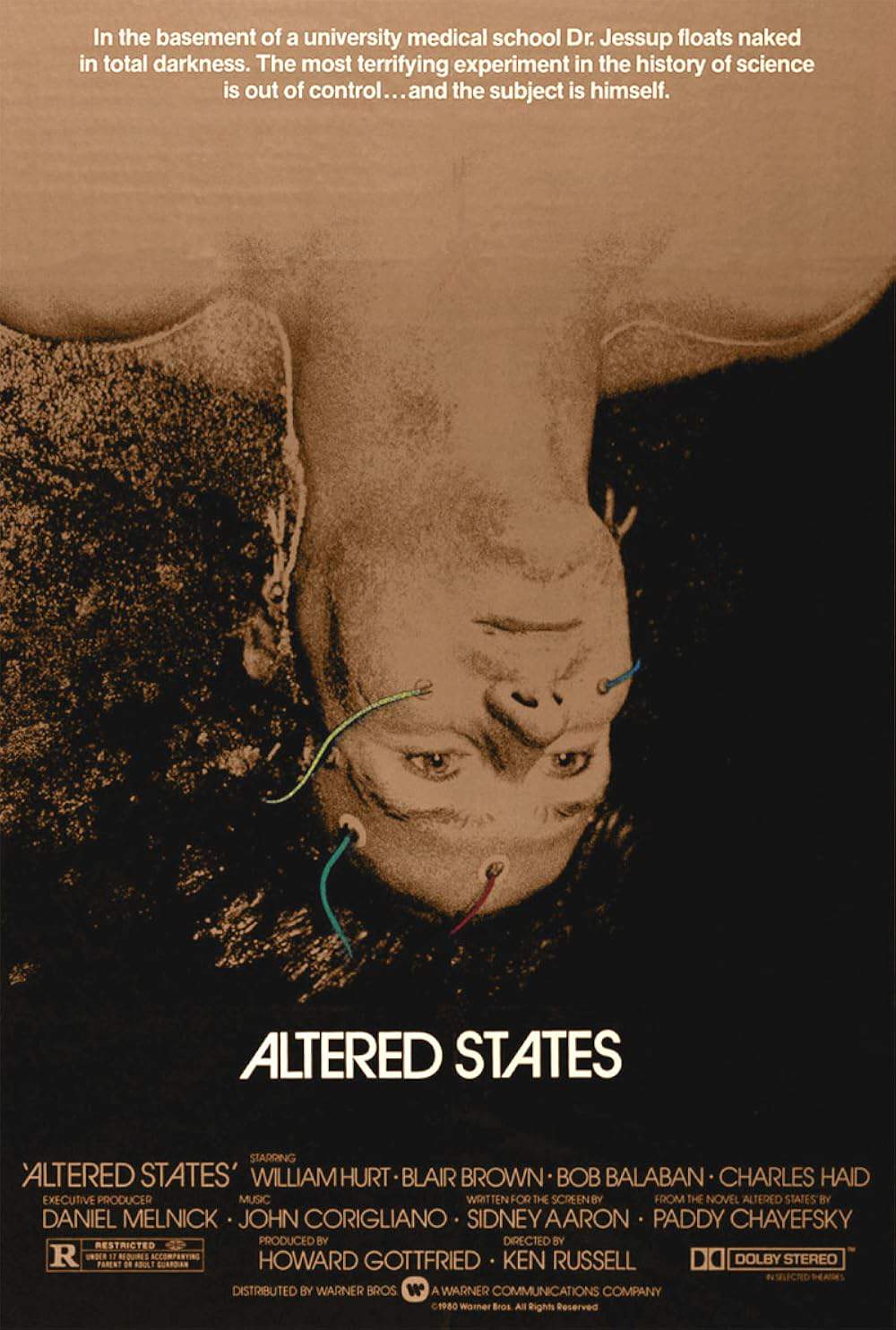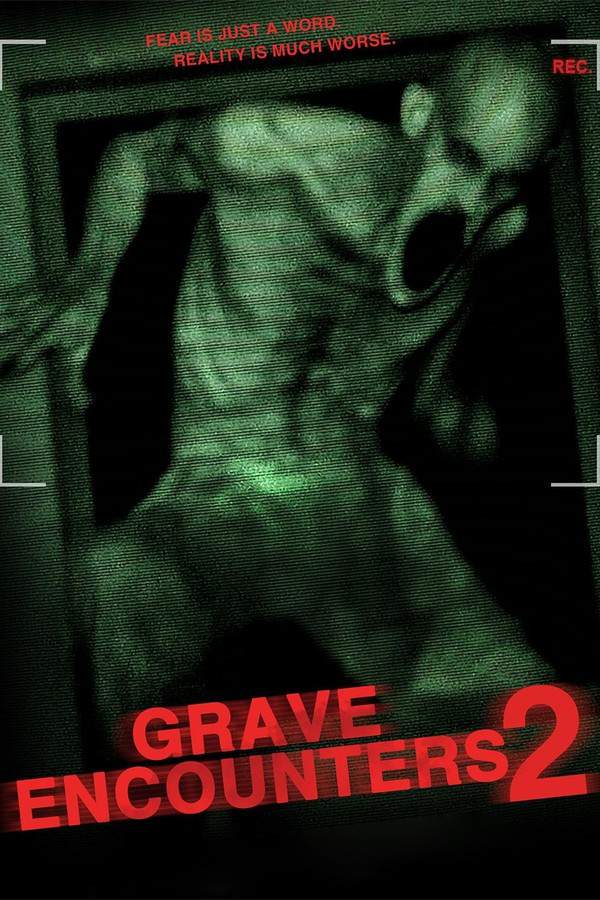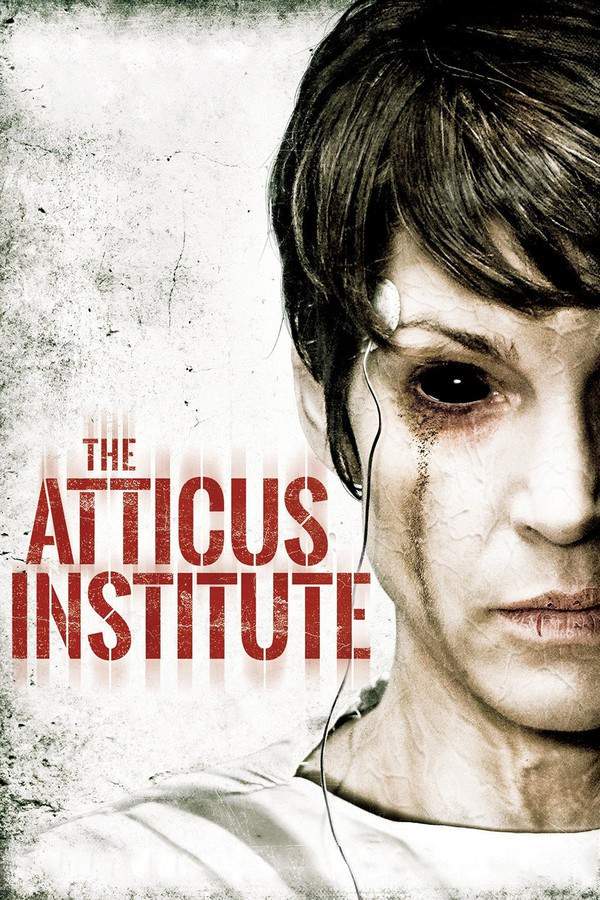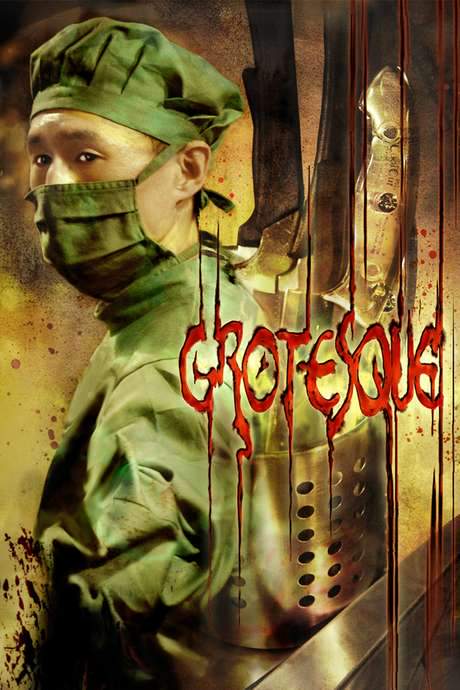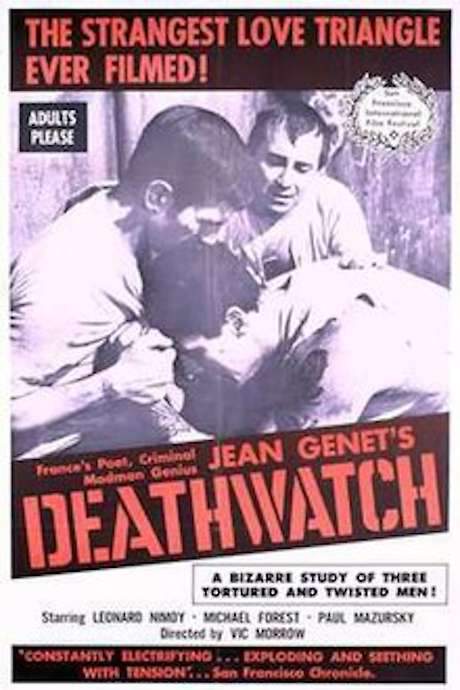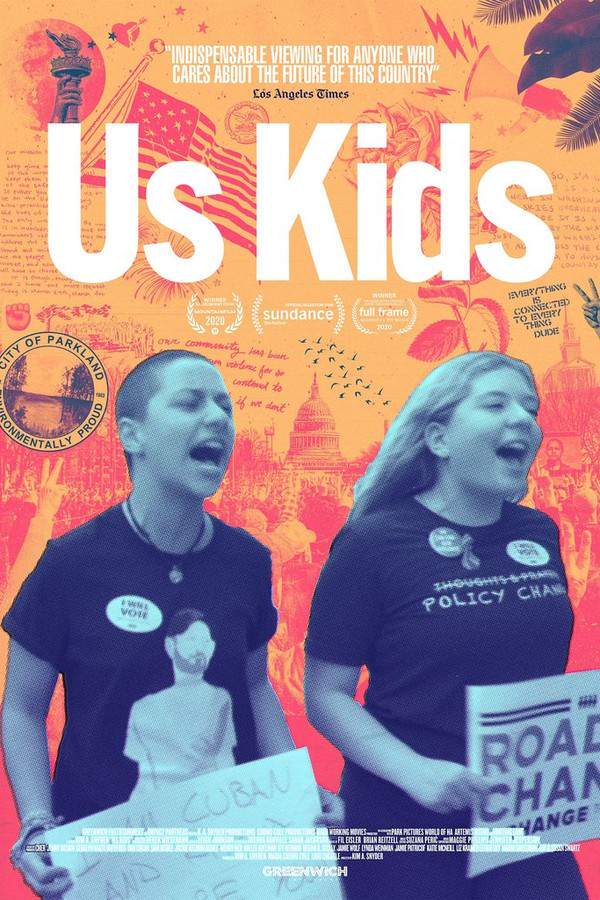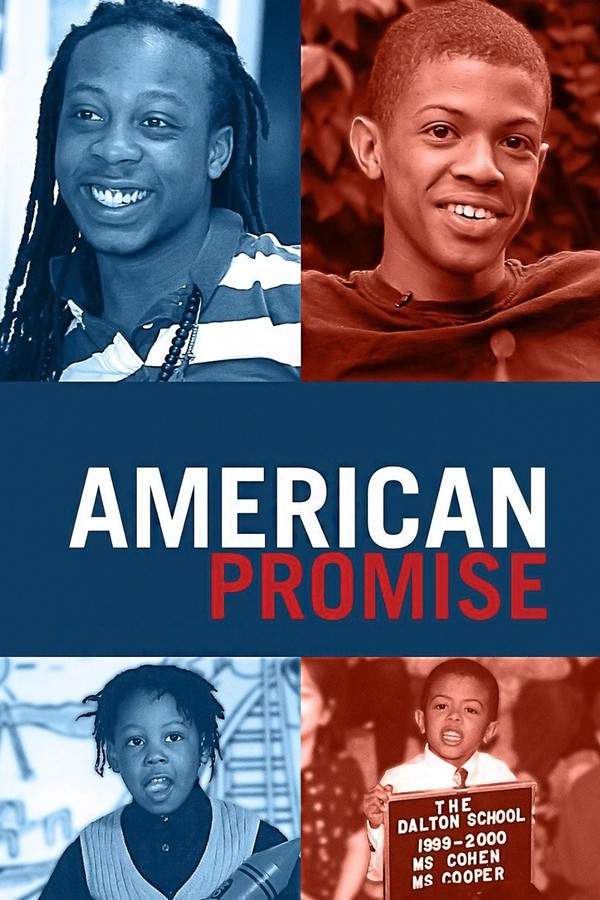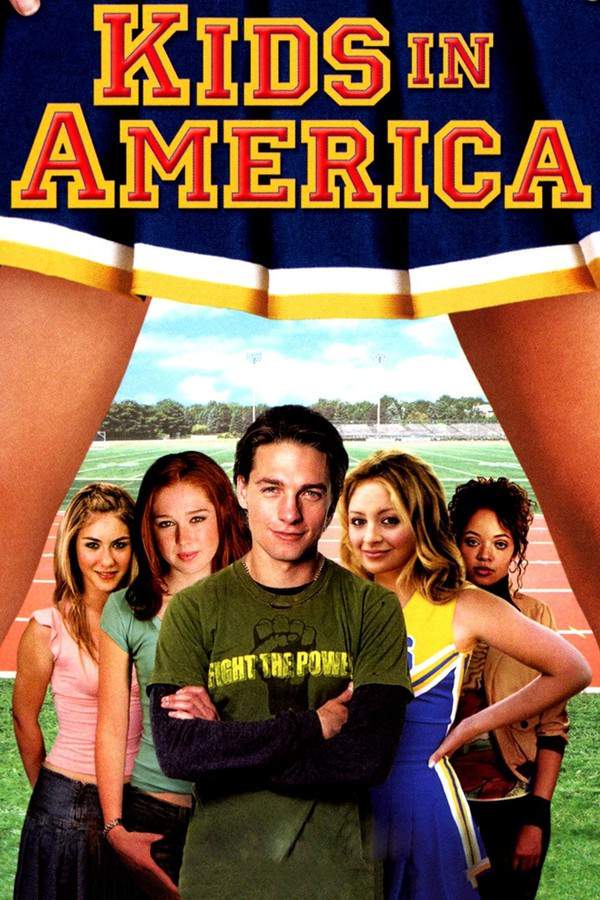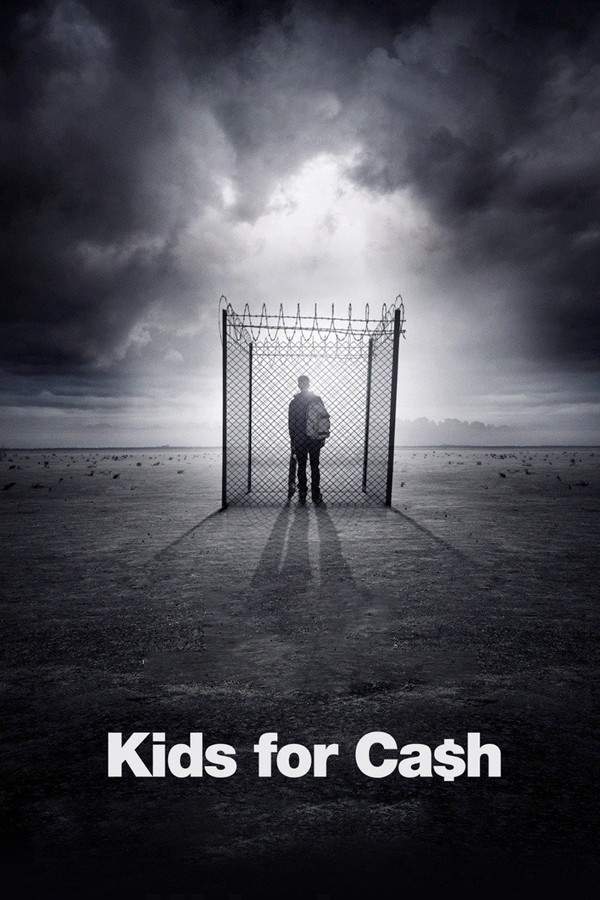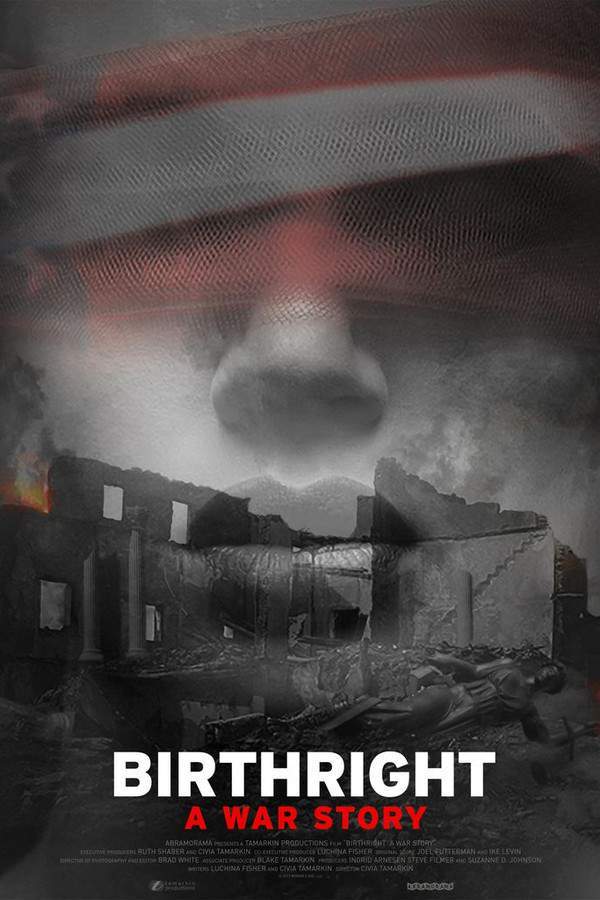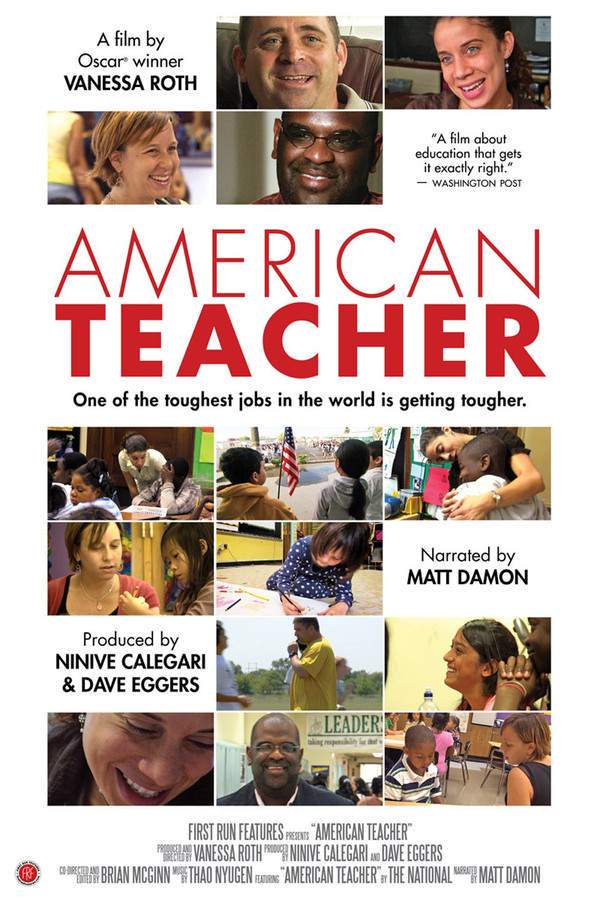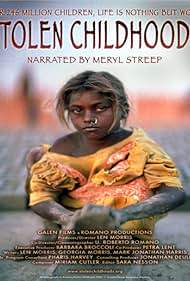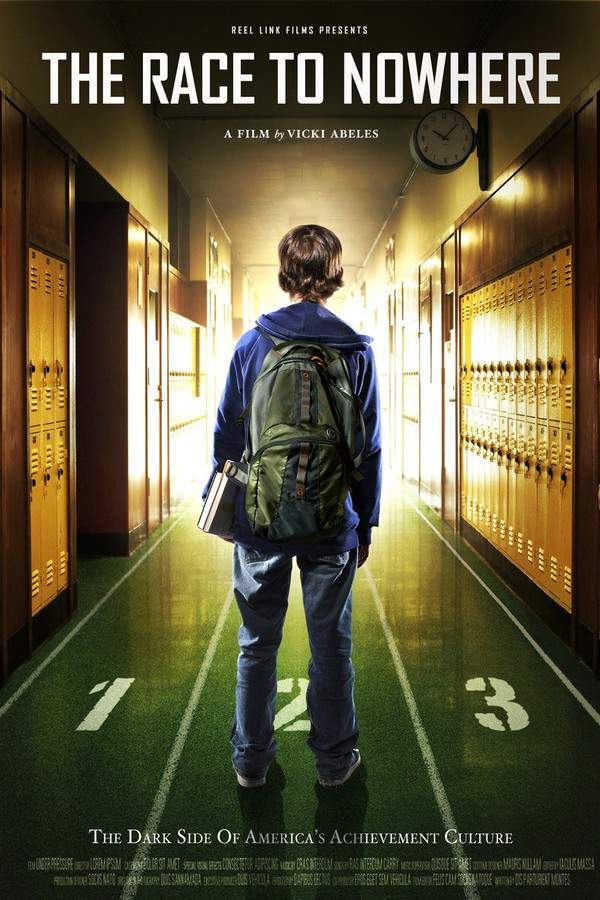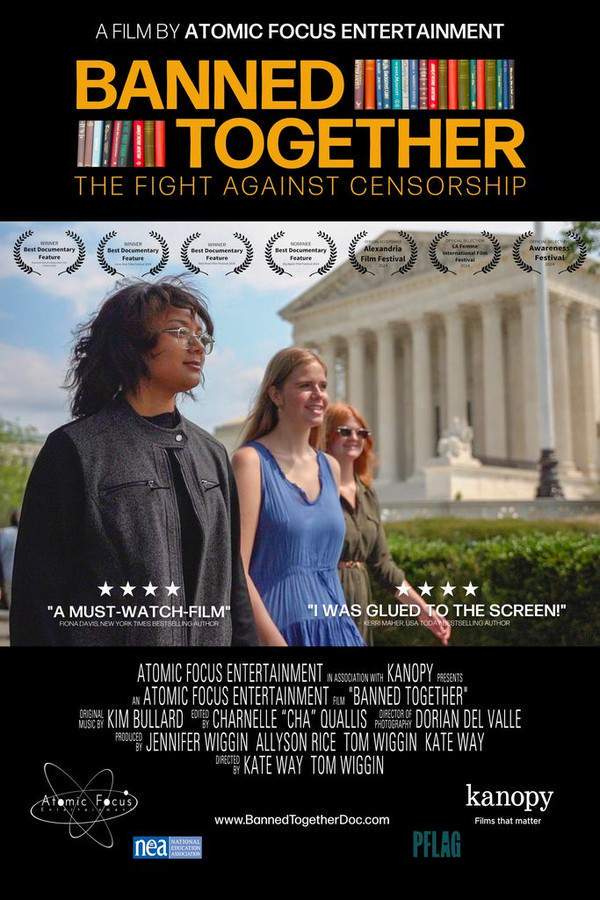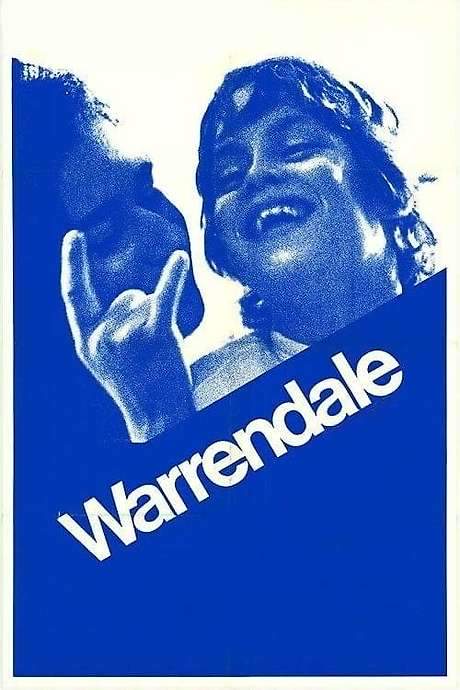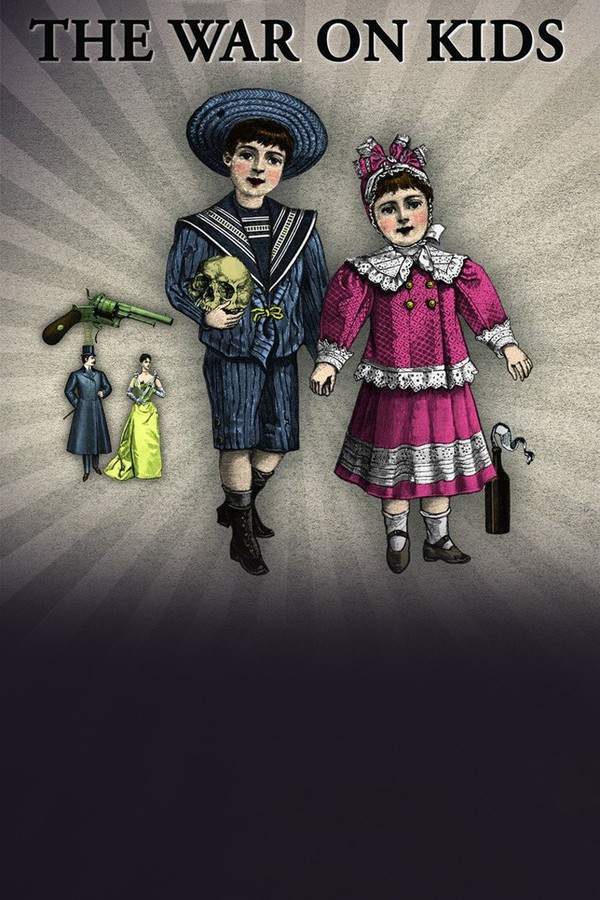
The War on Kids
Year: 2009
Runtime: 95 min
Language: English
Director: Cevin D. Soling
This documentary explores the concerning state of American public schools, revealing how the focus on education has been significantly altered. It argues that denying basic rights to students undermines democratic principles, creating an environment that resembles imprisonment rather than a place of learning. The film examines the impact of these policies on young people and questions the current direction of the educational system.
Warning: spoilers below!
Haven’t seen The War on Kids yet? This summary contains major spoilers. Bookmark the page, watch the movie, and come back for the full breakdown. If you're ready, scroll on and relive the story!
Timeline – The War on Kids (2009)
Trace every key event in The War on Kids (2009) with our detailed, chronological timeline. Perfect for unpacking nonlinear stories, spotting hidden connections, and understanding how each scene builds toward the film’s climax. Whether you're revisiting or decoding for the first time, this timeline gives you the full picture.
Last Updated: October 25, 2024 at 08:40
Explore Movie Threads
Discover curated groups of movies connected by mood, themes, and story style. Browse collections built around emotion, atmosphere, and narrative focus to easily find films that match what you feel like watching right now.
Documentaries Exposing Broken Systems Like The War on Kids
Documentaries that methodically dismantle powerful, oppressive institutions.If you were compelled by the systemic critique in The War on Kids, explore these documentaries that methodically dismantle other powerful institutions. Find movies like The War on Kids that deliver sobering truths about systemic failure, injustice, and institutional control in various facets of society.
Narrative Summary
These documentaries typically follow a linear, investigative structure. They gather testimony, expert analysis, and data to build a clear and damning case against a specific system. The narrative arc is one of escalating revelation, moving from illustrating symptoms to diagnosing a core, institutional disease.
Why These Movies?
Movies in this thread are united by their sobering tone, high emotional weight, and straightforward, persuasive narrative structure. They share a core purpose: to expose systemic malfeasance and provoke a critical response from the viewer.
Movies with Oppressive Atmospheres Like The War on Kids
Stories where the environment itself becomes a psychological prison.Fans of the claustrophobic and controlling environment depicted in The War on Kids will appreciate these films. Discover movies with a similar vibe to The War on Kids, where the setting—be it a school, institution, or society—creates an atmosphere of pervasive dread, anxiety, and psychological imprisonment.
Narrative Summary
Narratives in this thread revolve around characters or subjects struggling against an overpowering and controlling environment. The central conflict is between individual autonomy and the crushing weight of the system. The journey is typically towards a realization of the depth of their entrapment, often culminating in a bleak or ambiguous outcome.
Why These Movies?
These films are grouped by their shared ability to generate a palpable sense of oppressive dread. They use tone, pacing, and thematic focus to make the viewer feel the psychological weight and confinement experienced by the characters, regardless of genre.
Unlock the Full Story of The War on Kids
Don't stop at just watching — explore The War on Kids in full detail. From the complete plot summary and scene-by-scene timeline to character breakdowns, thematic analysis, and a deep dive into the ending — every page helps you truly understand what The War on Kids is all about. Plus, discover what's next after the movie.
The War on Kids Summary
Read a complete plot summary of The War on Kids, including all key story points, character arcs, and turning points. This in-depth recap is ideal for understanding the narrative structure or reviewing what happened in the movie.

Characters, Settings & Themes in The War on Kids
Discover the characters, locations, and core themes that shape The War on Kids. Get insights into symbolic elements, setting significance, and deeper narrative meaning — ideal for thematic analysis and movie breakdowns.

The War on Kids Spoiler-Free Summary
Get a quick, spoiler-free overview of The War on Kids that covers the main plot points and key details without revealing any major twists or spoilers. Perfect for those who want to know what to expect before diving in.

More About The War on Kids
Visit What's After the Movie to explore more about The War on Kids: box office results, cast and crew info, production details, post-credit scenes, and external links — all in one place for movie fans and researchers.

Similar Movies to The War on Kids
Discover movies like The War on Kids that share similar genres, themes, and storytelling elements. Whether you’re drawn to the atmosphere, character arcs, or plot structure, these curated recommendations will help you explore more films you’ll love.
Explore More About Movie The War on Kids
The War on Kids (2009) Plot Summary & Movie Recap
The War on Kids (2009) Scene-by-Scene Movie Timeline
The War on Kids (2009) Spoiler-Free Summary & Key Flow
Movies Like The War on Kids – Similar Titles You’ll Enjoy
Us Kids (2020) Complete Plot Breakdown
American Promise (2013) Plot Summary & Ending Explained
Kids in America (2005) Movie Recap & Themes
Kids for Cash (2014) Full Movie Breakdown
Birthright: A War Story (2017) Detailed Story Recap
American Teacher (2011) Story Summary & Characters
Stolen Childhoods (2005) Story Summary & Characters
The Cartel (2010) Complete Plot Breakdown
Race to Nowhere (2010) Complete Plot Breakdown
Banned Together (2025) Film Overview & Timeline
Unconstitutional: The War On Our Civil Liberties (2004) Story Summary & Characters
La guerra de los niños (1980) Full Summary & Key Details
Children of Darkness (1983) Film Overview & Timeline
The War on Democracy (2007) Movie Recap & Themes
Warrendale (1967) Detailed Story Recap

